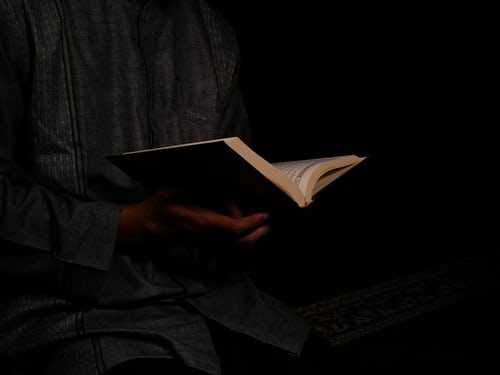Inspiring Older Readers
 posted on 29 Sep 2016
posted on 29 Sep 2016
Darkness at Noon by Arthur Koestler
Over the past twenty years or so Arthur Koestler’s reputation has taken a battering. David Cesarani’s 1998 biography unmasked him as a serial rapist, a misogynist, a towering egomaniac and a generally nasty piece of work.
But he deserves to be remembered – and will be – for his extraordinary 1940 novel, Darkness at Noon, about the purging, imprisonment and execution of the old Bolshevik Rubashov.
What makes this novel unique is that it was written from the heart of the darkest period of Soviet totalitarianism and state oppression – and not in tranquil recollection. It was written as the purges and show trials and liquidations were actually claiming the lives of some of those known to Koestler.
Koestler knew what he was writing about at first-hand and he damns Stalinist terror not from the outside but from the inside. He had looked into the heart of darkness and understood its ruthless logic from both sides. It is significant that the novel’s central character, Rubashov, is no whiter-than-white proletarian hero. He is an old Bolshevik of some standing who has himself, in the interests of party discipline or revolutionary necessity, sent both comrades and enemies alike to the interrogation cellars and the firing squad.
While there may be a temptation to view Darkness as a political fable along the lines of, say, Animal Farm, this does not begin to describe it accurately. It is in fact a deeply imagined and sometimes densely argued philosophical novel, an exhausting examination of what happens when the application of a political philosophy abandons morality absolutely. It is claustrophobic in its setting – it takes place almost entirely in Rubashov’s prison cell, any other locations existing only in memory or dream – and stifling in the logic of its arguments for and against political ethics.
In part the book’s dialogue is ‘real’ – it takes place between Rubashov and his interrogators – and in part it is an awful and inescapable internal dialogue in Rubashov’s head, during which he probes his own actions, weighing his own life against the demands of the party and the revolution.
Its arguments become ever more tightly wound. Even Rubashov finds himself “beginning to get lost in the labyrinth of calculated lies and dialectic pretences, in the twilight between truth and illusion.”
After his first confession he believes he has “drunk the cup of humiliation to the dregs”, but this is only the beginning: “Now he was to find that powerlessness had as many grades as power; that defeat could become as vertiginous as victory, and that its depths were bottomless.”
In the final stages of his interrogation Rubashov has no defences left, no matter how absurd the charges. Fact seems indistinguishable from fiction, guilt indistinguishable from innocence. He is worn out by years of illegal struggle, exile and prison, by permanent nervous strain and fear, and by the corrosive “acid sharpness” of factional battles. But most of all, he is exhausted by “the demoralisation of the final victory” – the revolution that has delivered despair, not utopia.
Orwell considered Darkness to be Koestler’s masterpiece and said it had what all too little anti-totalitarian literature had – aesthetic as well as political significance. (He did, however, condemn Koestler’s subsequent abandonment of revolutionary politics, claiming that Koestler’s fundamental problem was that he refused to admit that while “all revolutions are failures […] they are not all the same failure.”)
Darkness at Noon remains an immensely powerful and disturbing work – partly attributable to Daphne Hardy’s magnificent translation. This is one of those instances where a near perfect marriage has been achieved between novel and translator. Perhaps this can be explained by the fact that Hardy lived with Koestler during the time in which he wrote the novel. In some accounts she was even responsible for smuggling the manuscript to England. She died in 2003 aged 86.
We all have our talismanic Penguin Modern Classics but this one is a particular triumph. The Francis Bacon painting, Man in Blue V, is perfectly chosen. Its steely monochrome striations are as remorseless as Koestler’s prose. The anonymous, sharply suited figure could be lover, spiv or bureaucrat, interrogator or prisoner. He has the erased features of a ‘disappeared’ commissar, the ruined hands of the tortured, and the suave brutality of the torturer. It effortlessly whisks me back more than forty years to when I first saw it on bookshop shelves. It is one of those books I can’t imagine being without.
Alun Severn
September 2016